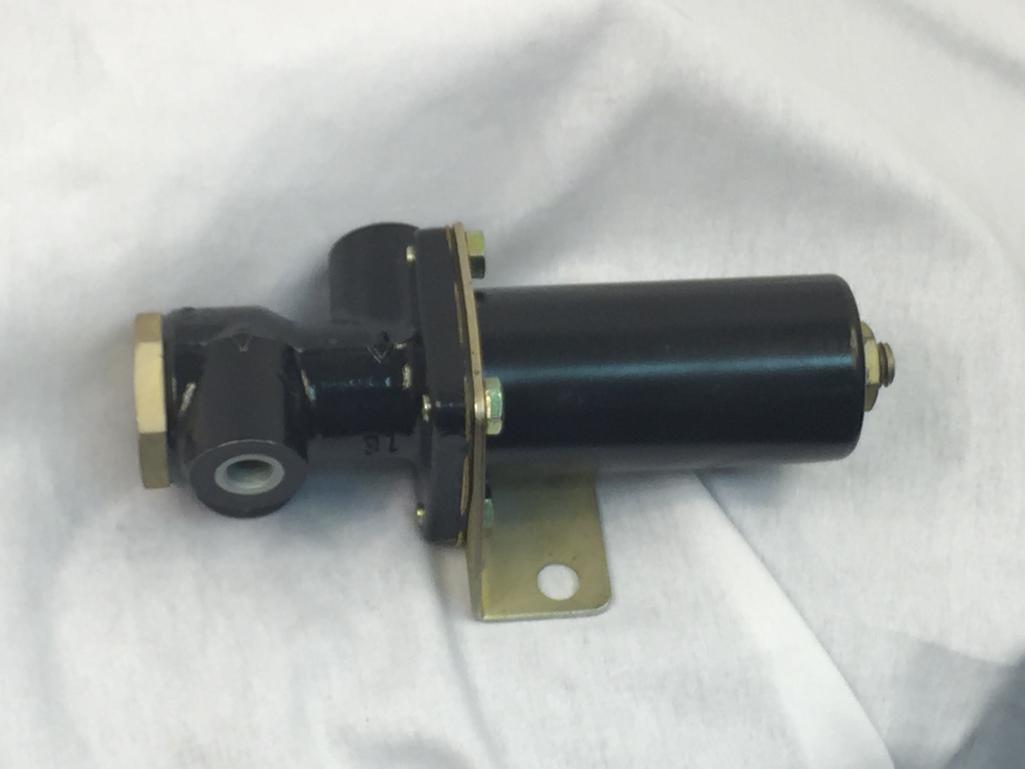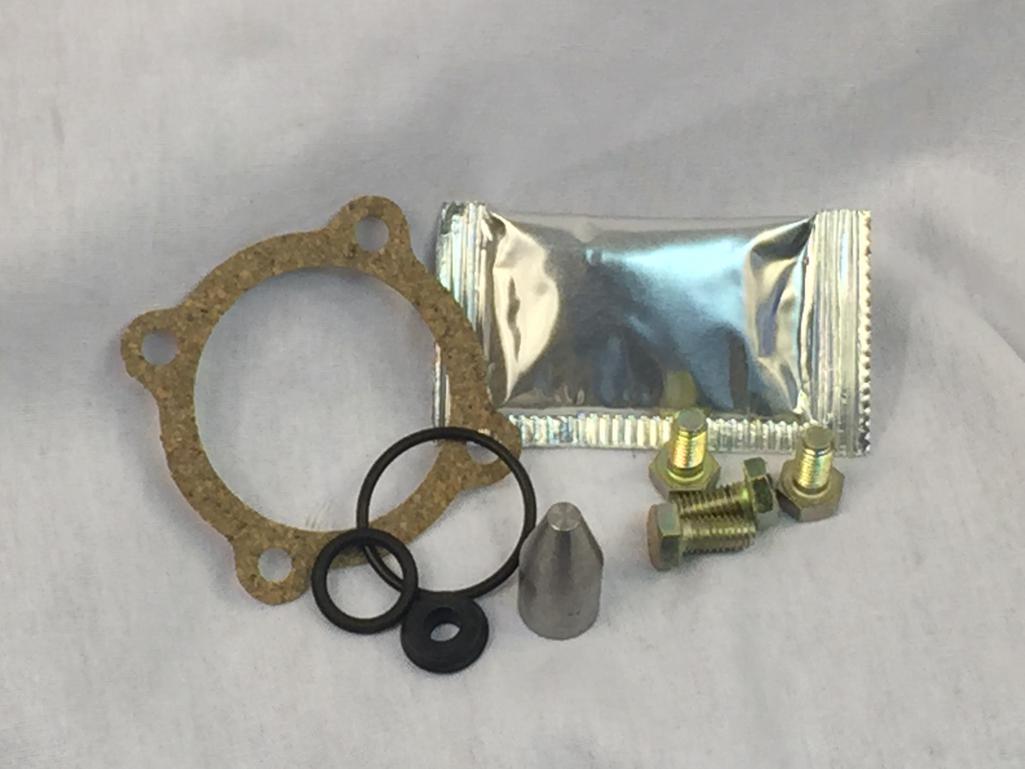Link to "Member Vendor Thread":
http://www.914world.com/bbs2/index.php?showtopic=261407
Repeat after me, "Pressure Regulator" -- "Pressure Regulator"
That's right, this little beast is a pressure regulator, "NOT" a proportioning valve. It proportions "NADA". It is the first anti-lock brake device ever to be installed on a Porsche. Here's the story:
The 914 is a mid-engine automobile. As such, it has amazing handling characteristics... to a point. Once that point is reached, it can bite you like a rabid dog. It's a physics principle called "Polar Moment Inertia". We're all familiar with the childs play toy the "top". Here it is straight out of Mr. Elford's mouth: http://www.amazon.com/Porsche-High-Perform...d/dp/0760327548
Porsche knew the issues with rear and mid-engined automobiles so, they installed this pressure regulator in the system to prevent the rear wheels from ever locking up. You see, if you lock your rear wheels in a rear or mid-engine car and your front wheels are anything but straight, you can be that "top" we were talking about and, that's not a fun toy at that time. This pressure regulator senses a panic stop (which it is set and locked at 525psi). Once it sees that pressure on the system, the valve body slides over and activates a
So, yeah, the internet guru's steered you in the wrong direction. You "never" want to replace this regulator with a "T" fitting in a street car and, you want to make sure it's operating properly otherwise, your rear calipers aren't even working and, that's 30% of your braking power.
Here's what we do; We will completely disassemble the regulator. We will zinc plate the spring housing and the valve housing. We will clean and reseal the valve body using new EPDM seals throughout. We will repaint the freshly plated spring housing and the valve housing. We will zinc plate the mount and the fasteners. We will then reassemble the regulator and reset the pressure switch to 525psi. We will then epoxy the lock nut just like the factory and send you back a perfectly operating pressure regulator that not only makes sure you and your passengers are safe but, it give you back your full braking potential so your 914 stops as good as it did when it was new (and that's still damn good my friends).
$169.95 plus $15.00 shipping in the Continental United States (we ship worldwide)
Early Cars (you'll have a brass "T" fitting at the top):
http://www.pmbperformance.com/914-brakes/E..._Regulator.html
Late Cars (you'll have a different right line that exits the valve in the rear):
http://www.pmbperformance.com/914-brakes/L..._Regulator.html
Spot on factory two-tone finish:


